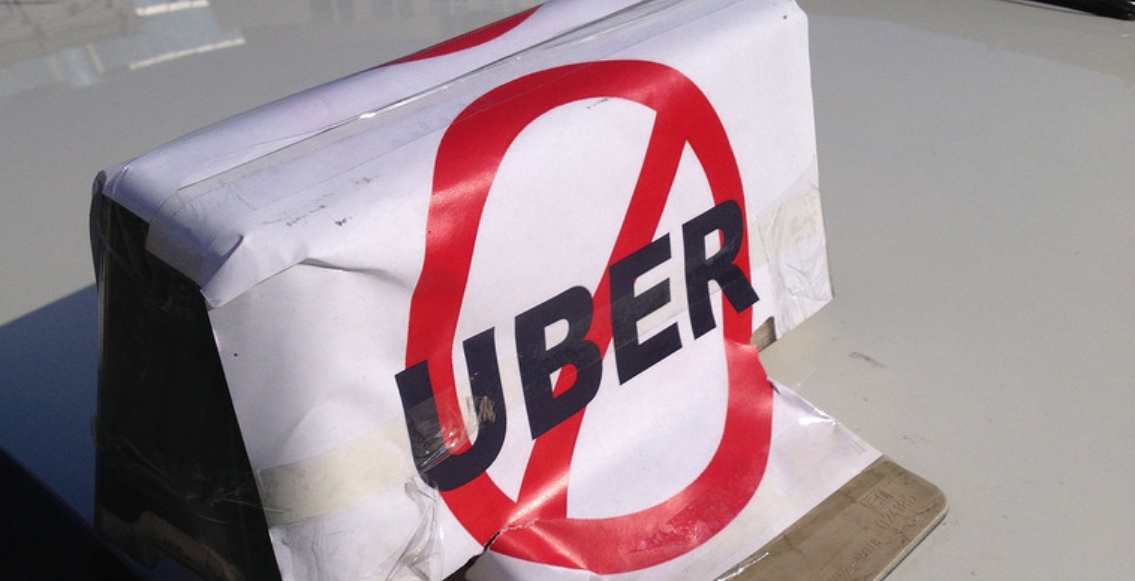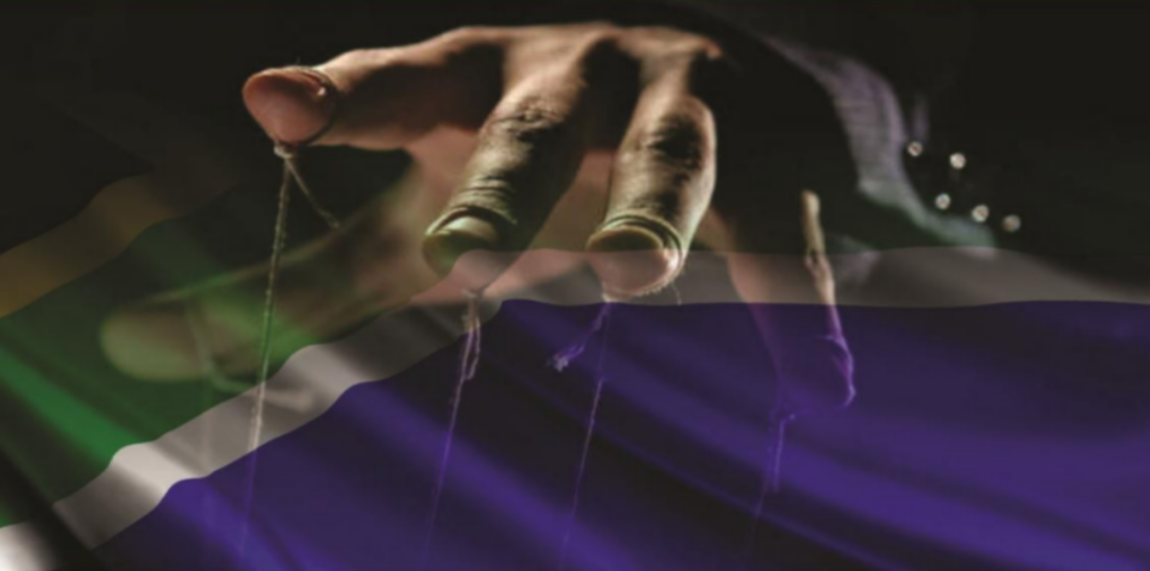A driver has died, vehicles have been set aflame, and passengers are thinking twice before hailing a taxi – or at least an Uber. So what’s behind the conflict that some are calling “the Uber wars of 2017â€? The Daily Vox explains.
Firstly, what is e-hailing?
E-hailing services like Uber, Taxify and Zebra Cabs allow users to order taxis through an app. They provide a reasonably priced, convenient and comfortable alternative to public transport and metered taxis, and have grown exponentially since they entered the local market in the past few years. The frontrunner, Uber, alone recorded two million trips in South Africa between 2015 and 2016.Â
In 2015, it was estimated that the Uber industry was worth R1.65-billion in South Africa and R896-billion worldwide. Drivers say Uber is killing the metered taxi market.
Why do people prefer services like Uber?
With e-hailing services, the customer knows exactly what they must pay before they accept the ride. In contrast, customers who use metered taxi drivers can’t always be sure of the rate and only find out the charge at the end of the ride. Metered taxi drivers are also known to adjust their rates depending on how much they think the passenger can afford. In the end, ride-hailing services are simply much cheaper than metered taxis. In a story by Sowetan Live, an Uber from OR Tambo International Airport to Sandton Convention Centre, which is 30km, would cost you R272. A metered taxi would cost you  R450.
When did things start to sour?
Right from the beginning. When Uber first entered the market, there were questions about whether the service would be regulated – and if so by who – or whether they would remain unregulated and essentially operate outside the laws that govern metered taxi organisations.
At first, their drivers actually operated without licences, and traffic officials took to impounding their vehicles. Â These issues were partially resolved, at least legally, once drivers figured out which licences to apply for in different cities and were allowed to operate more freely.
By 2015, the metered taxi industry really began to feel the effect of e-hailing services on their business. Uber had been active in the country for two years by the time reports of violence and intimidation of partner drivers began to filter through to the media.
When the provincial government decided to issue Uber drivers with licenses last year, metered taxi drivers held the Gauteng transport MEC Ismail Vadi hostage at department offices and beat him before police helped him escape.
The violence has since escalated to unanticipated levels since then. In March, metered taxi drivers blocked the R21 highway to OR Tambo International Airport in protest of e-hailing cab services. In June, an Uber driver died of injuries sustained after the car he was driving was petrol-bombed, allegedly by metered taxi drivers in June.
In September, e-hailing cab drivers in Sandton retaliated after metered taxi drivers allegedly petrol-bombed two Uber vehicles outside the Gautrain station.
Days later, two Taxify cabs were set alight in Pretoria, apparently by metered taxi drivers.Â
According to Gauteng Premier David Makhura there have been 294 attacks involving metered taxi and e-hailing drivers since the beginning of the year. Of these, 204 of the attacks took place in Tshwane, 86 in Johannesburg and four in Ekurhuleni.
Throughout this, ride-hailing drivers have consistently maintained that police have ignored their complaints of violence and intimidation from metered taxi drivers.
Why are metered taxi drivers so opposed to e-hailing services?
Metered taxi drivers say e-hailing taxi services are killing their business with unfair low prices and stealing their jobs. They’ve accused government of ignoring them and failing to protect the industry.
Regulation has always been at the heart of the taxi vs ride-sharing conflict. Metered taxi drivers argue that Uber has operated for several years without following any regulations and as a result have an unfair advantage over the metered taxi industry.
Is this situation unusual?
The situation is actually not unique to South Africa. There have been several attacks on drivers for e-hailing cab services around the world. Metered taxi drivers have also intimidated and attacked e-hailing drivers in Mexico.Â
And then there are the legal issues. In Italy, where taxi drivers complained that Uber drivers had an unfair advantage over traditional taxi drivers, a Rome court banned the service from the country.
Uber drivers have also had run-ins with the law over unfair competition and a lack or regulation in India, Canada, the US and China.
Most recently, in the UK Transport for London ruled that Uber will not be issued a new private hire licence because it was not “not fit and properâ€.
How hasthe South African government responded?
Police Minister Fikile Mbalula met with Uber, metered taxi drivers, and transport department officials to discuss a truce between e-hailing and metered taxi drivers in July. They agreed to follow the National Land Transport Act of 2009. But since then, three Ubers and metered taxis have been burnt and there were several cases in which metered taxi drivers assaulted e-hailing drivers.Â
We are intervening in the issue between Uber and Meter Taxis. Meeting with the Transport Minister pic.twitter.com/C6veUGn9yT
— RSA Police Minister (@MbalulaFikile) July 19, 2017
After the violence in September, 28 people were arrested and 166 cases placed under investigation. The Gauteng Premier called for national government, including the ministers of police and transport, to intervene in the situation. He asked for a task team including intelligence and traffic officers to be set up to help curb the violence between ride-hailing and metered taxi drivers.
What do e-hailing cab services have to say?
Uber has condemned the attacks on their partner drivers. Still, some drivers have accused e-hailing companies of not doing enough to protect them and have self-organised to keep tabs on any security issues that might affect them. A Taxify driver recently told The Daily Vox Taxify had sent SMSes to drivers telling them to keep safe and not to retaliate but that no real help was ever offered.
What’s the way forward?
Customers want efficiency, safety and reasonable prices. At the same time, the state needs to ensure the rights and safety of both passengers and drivers are upheld, and this means regulation. With the disruptive force of new technology at play, our transport laws may need to be rethought. The National Land Transportation Amendment Bill, which addresses services like Uber, could offer solutions here. Â But no law is effective without adequate policing. There have been many failures in the continued disputes between ride-hailing drivers and metered taxi drivers but none have been so great as the failure of police to uphold the law and protect the peace.









